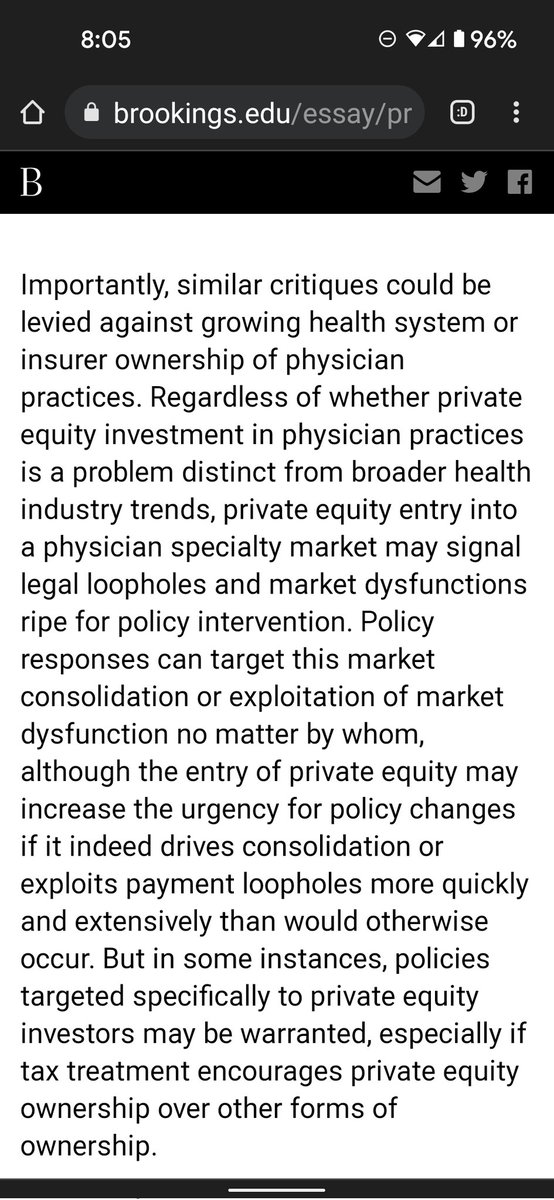
1/ The wide range of predictions here is appropriate given how little we know about severity.
Many are pointing to the @imperialcollege @nfergus study as support for a belief that Omicron has similar severity than Delta.
I don't think it does.
Let's dig in
Many are pointing to the @imperialcollege @nfergus study as support for a belief that Omicron has similar severity than Delta.
I don't think it does.
Let's dig in
https://twitter.com/Farzad_MD/status/1472041474627977225
2/ the paper is here if you want to read it for yourself. imperial.ac.uk/media/imperial…
They looked at UK COVID cases with (n=208,947) and without (n=15,087) the dropout associated w Omicron, and perform regression analyses to see what factors could predict Omicron
Date, for one
They looked at UK COVID cases with (n=208,947) and without (n=15,087) the dropout associated w Omicron, and perform regression analyses to see what factors could predict Omicron
Date, for one
3/ for example, to predict whether a case is Omicron, you could find a clue by whether they are a reinfection (breakthrough).
There were 4,100 reinfections, but 36% of them were in the dropout group, compared w only 7% of the total cases. (OR 6.55 after controlling for all else)
There were 4,100 reinfections, but 36% of them were in the dropout group, compared w only 7% of the total cases. (OR 6.55 after controlling for all else)
4/ there are lots of cases in the dataset, so you can include lots of variables in the regression.
But the number of hospitalized was low. Only 1,392 / 209,000 S+ cases ~ 0.7%
And the "Omicron" (S-) hospitalization rate was 24/15,087 ~ 0.15%
That's right. 24 cases total
But the number of hospitalized was low. Only 1,392 / 209,000 S+ cases ~ 0.7%
And the "Omicron" (S-) hospitalization rate was 24/15,087 ~ 0.15%
That's right. 24 cases total
5/ so the authors are correct in saying that whether a person got hospitalized is not useful for statistically predicting whether the case is Omicron or not, but that's mostly because there are so few hospitalized cases in the sample (and only 24 w Omicron).
6/ while raw percent showed 4x lower hosp rate among Omicron, after statistical accounting for multiple variables (eg Omicron cases more likely to be vaccinated), the rate of hospitalization between S+ and S- is essentially equivalent
But there are lots of entangled variables
But there are lots of entangled variables
7/ I would consider the Imperial study conclusion as
"we can't say if it's less severe or not"
Not
"Seems to be equivalent"
(I remain hopeful 🙏)
"we can't say if it's less severe or not"
Not
"Seems to be equivalent"
(I remain hopeful 🙏)
8/An example for caution on interpreting these multiple regression results w entangled variables, I don't actually believe that getting 2 doses of Pfizer is "NEGATIVELY protective" against Omicron, even if the statistical confidence limits don't include 1, and the p value is tiny 

• • •
Missing some Tweet in this thread? You can try to
force a refresh











